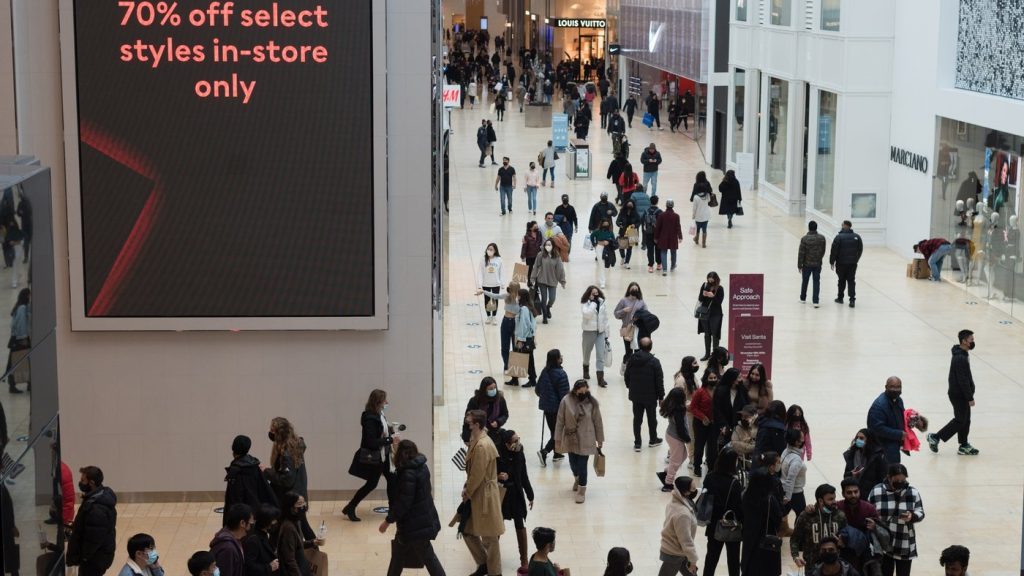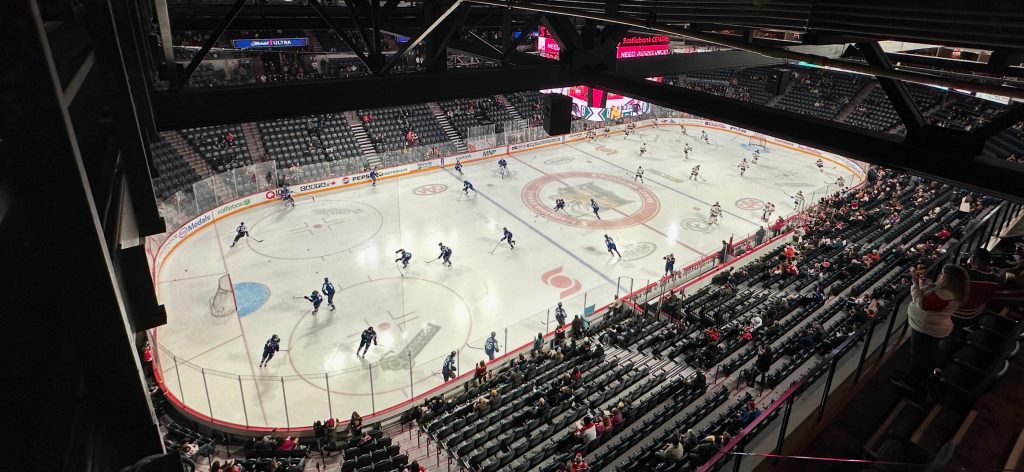Nova Scotia fast-tracks plan to lift COVID restrictions
Posted Feb 23, 2022 07:18:00 PM.
Nova Scotia is fast-tracking its three phase plan to lift COVID-19 restrictions.
In addition, the proof of vaccination requirement for non-essential activities will end on Monday, Feb. 28.
The first phase of the plan to ease protocols kicked on Feb. 14 with next phase not expected to start for about another month after that date.
However, at a COVID-19 briefing Wednesday, Premier Tim Houston announced Phase 2 would now start a week earlier than expected on Monday, March 7.
Phase 3 — originally not expected to start until mid-April — is now scheduled to begin on March 21, and will mark the end of all restrictions, as long as everything remains stable.
“There will no longer be gathering limits, there won't be any capacity limits for businesses,” Dr. Robert Strang explained. “Masks will no longer be required in indoor public places, but we will still recommend that people wear them.”
“And there will no requirement for physical distancing, although again, you can still do so if you want to,” the chief medical officer of health added.
Public schools are an exception. They will see current restrictions remain in place until the end of March break.
“When students and teachers return on March the 21st, it will be to schools and classrooms with no restrictions or required measures,” Strang stated.
As of 12:01 a.m. on Monday, March 7, the following restrictions will be in effect for Phase 2:
Gathering Limits
- the informal gathering limit will be 25 people from the same household or close social group indoors and 50 outdoors
- the formal gathering limit will be 75 per cent capacity, with physical distancing as much as possible, for gatherings hosted by a recognized business or organization such as special events, sports, receptions, performances, movie theatres, meetings, training, weddings, funerals and faith gatherings
- large venues can operate at 75 per cent capacity, up to 5,000 people, with physical distancing as much as possible.
Businesses
- licensed establishments, restaurants and casinos can return to regular hours and operate at 75 per cent capacity, with physical distancing as much as possible
- VLTs can continue operating with two metres of physical distance between people at machines
- fitness and recreation facilities and recreation and leisure businesses can operate at 75 per cent capacity, with physical distancing as much as possible
- personal services businesses (like hair salons, barber shops, spas, nail salons and body art establishments) can operate at full capacity, with physical distancing as much as possible; services that require removing masks can be offered
- retail stores and malls can operate at full capacity (shoppers and staff) with physical distancing
Sports; Arts and Culture
- sports teams can have practices, games, competitions and tournaments with up to 60 participants, including players and officials; spectators are allowed, following the formal gathering limit
- performing arts can have rehearsals, performances and competitions with up to 60 participants, including performers and crew; spectators are allowed, following the formal gathering limit
- libraries and museums can operate at full capacity, with physical distancing.
Masks
- masks continue to be required in indoor public places; they can be lowered or removed for things like eating and drinking or doing a physical activity that's difficult while wearing a mask
- people can resume lowering their masks to eat or drink in their seats at sports games, movies, concerts and other events.
Once Phase 2 starts, those who test positive will still need to self-isolate but they won't have to notify close contacts outside their own household.
Proof of vaccination will still be required in high risk settings, including hospitals and long-term care homes. Vaccine mandates for employees in high risk settings will continue, with more information expected in the coming days.
At acute-care and long-term care facilities, restrictions on visitation and in other areas will be determined through infection control and occupational health processes at each facility.








